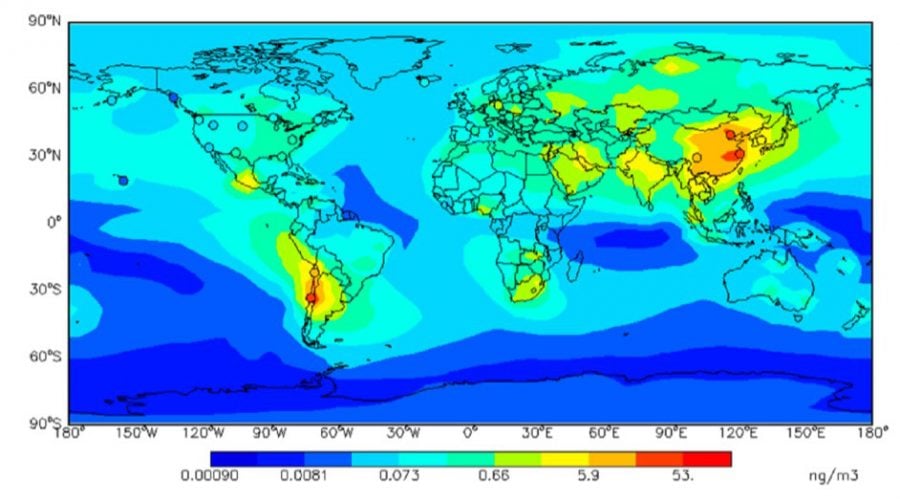Dr. Xin Xi is at the forefront of climate science, and Michigan Tech offers the chance to be part of his transformative work. Focusing on the life cycle of atmospheric aerosols and their far-reaching impacts on ecosystems, air quality, and climate, Dr. Xi tackles critical global challenges such as desertification and air pollution through remote sensing, in situ measurements, and advanced modeling techniques.
Dr. Xi and his team address pressing environmental and human health issues by combining cutting-edge research with innovative approaches. Supported by prestigious grants, including NASA’s LCLUC program, Dr. Xi’s work is shaping the future of climate science and inspiring the next generation of problem-solvers.
Going back to the vault, in this MTU research blog, Dr. Xi explains how airborne dust aerosols impact the Earth in various ways and shares how he believes the surface synoptic observations have not yet been used to their full potential, leading him to develop a unified dust-climate data record.
Since joining Michigan Tech, Dr. Xin Xi has significantly contributed to geoscience education, teaching advanced geoinformatics courses, introduction to GIS, and Python programming for geosciences. His Geoinformatics Graduate Certificate is widely recognized for its excellence and relevance in preparing students for the demands of modern geospatial research and industry applications.
Join Michigan Tech, where Professor Xi leads, and you excel.



